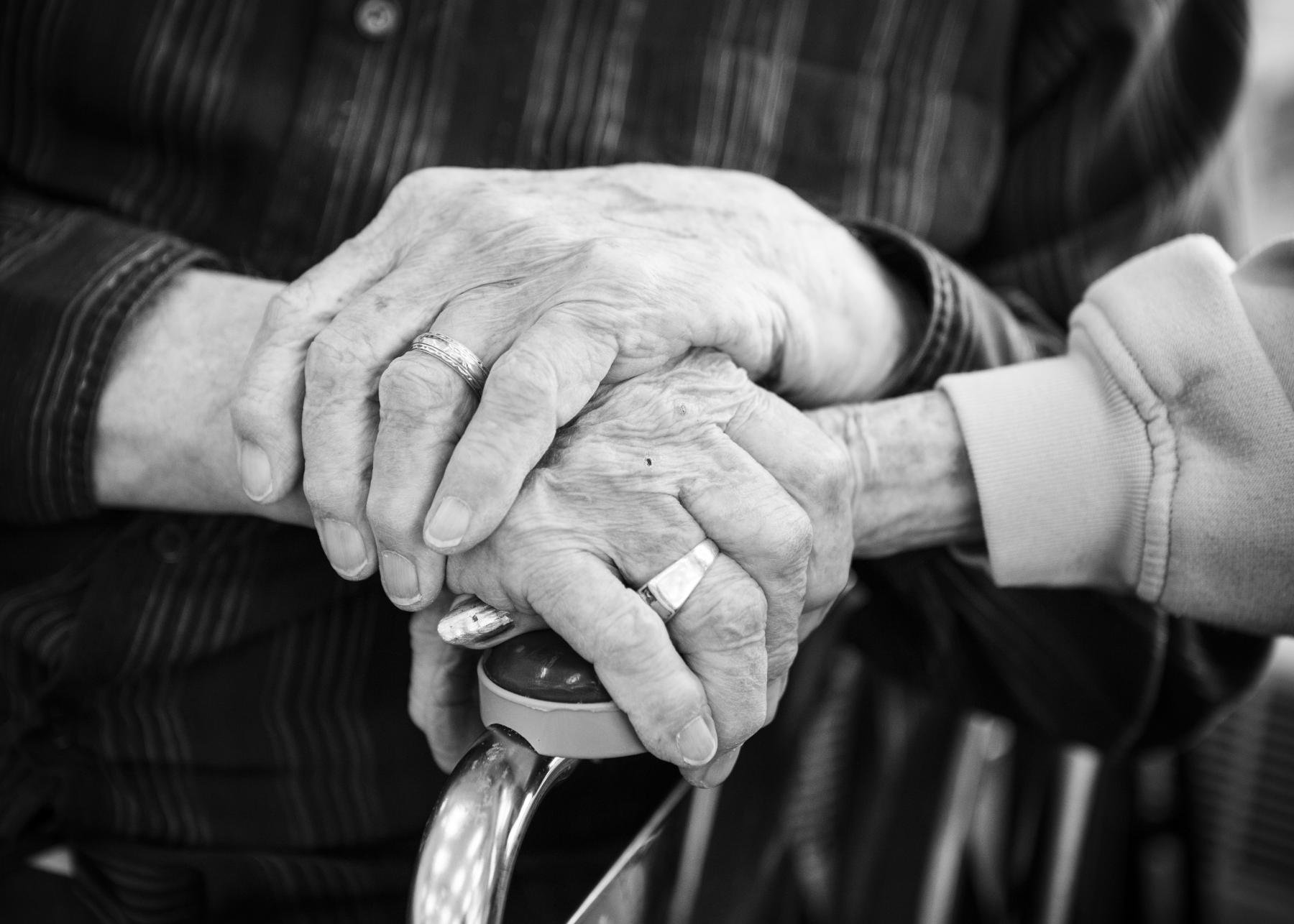
By 2050, the number of older adults in Colorado is expected to double to 1.7 million.
That’s more than the current populations of Denver, Colorado Springs, and Aurora combined.
As Coloradans prepare to address the needs of older adults, it is important to remember that older adults are not a homogeneous group. Interventions and programs for older adults need to be tailored to meet the specific needs of communities of color.
Demographics of the Aging
One in seven Coloradans (13.8 percent) is age 65 or older. By 2050, this will change to one in five. And Colorado’s older adults in 2050 will look different from today’s.
The majority (83.5 percent) of the current older adult population is white non-Hispanic. Nationally, 80 percent of older adults are white non-Hispanic.
Hispanic Coloradans age 65 and over make up 10.8 percent of Colorado’s older adult population. Asian Americans and African Americans make up 2.4 percent and 2.7 percent, respectively.
In 2050, however, national estimates project that the white non-Hispanic population 65 years and over will decrease to 59 percent. (1) People of color currently make up 20 percent of the population age 65 and over. By 2050, they will make up nearly 42 percent. Colorado is projected to see a similar change.
These demographic shifts will change what caregiving looks like. Statewide programs will have to be tailored to meet the needs of the diverse aging population and those who are caregivers.
The Health and Financial Implications of Aging
When older adults are healthy, they can be independent, secure, and productive. They can continue living in their own home, working or volunteering, and socializing.
The 2018 Community Assessment Survey for Older Adults (CASOA), which surveys adults 60 years and over selected at random in Colorado, found health disparities between Hispanic and non-Hispanic respondents. Fewer Hispanic respondents rate their health as good or excellent (63 percent) than did their non-Hispanic counterparts (75 percent).
Despite having self-reported good or excellent health, about 80 percent of older adults who are Medicare beneficiaries have at least one chronic disease and 70 percent have at least two, according to the National Council on Aging. The management of chronic diseases in older adults is important to healthy aging.
The people who help older adults manage their chronic diseases and stay healthy are often other family members — known as informal caregivers. Informal caregiving can involve taking a loved one to a doctor’s appointment, helping them run errands, or feeding and bathing them. Informal caregivers do not get paid for these activities.
Hispanic Coloradans are more likely to serve as informal caregivers than other Coloradans. The CASOA found that one of four (25 percent) older adults in Colorado received assistance from someone, while more than two in five (44 percent) provided care for another person of any age and spent between 9 and 12 hours a week providing that care.
Informal caregiving plays an important role in enabling older adults to age in their community and is a cost-effective alternative to paying for formal in-home care. The average cost of a home health aide in Colorado is $4,910 per month.
Families save money by using informal caregiving, but they pay a price, too, in terms of foregone wages and benefits, expenses, and medical costs. In Colorado, that cost to caregivers totals $4.4 billion, according to an analysis by the Colorado Health Institute. Informal caregiving can also lead to caregiver burnout, family conflict, poor mental health, and overcrowding without the appropriate support and resources.
These costs fall disproportionately on people of color, including Asian Pacific Islander, Hispanic, and Black Coloradans, who are as a whole more likely than white Coloradans to be informal caregivers.
The reason for the higher use of informal caregiving among people of Colorado could range from cultural factors that value family reciprocity and systemic racism that creates more barriers to accessing quality formal care services for people of color.
How is Colorado Preparing to Serve Aging Communities?
The changing demographics of Colorado have already prompted action. In 2012, former Gov. John Hickenlooper created the Office of Community Living within the Colorado Department of Health Care Policy and Financing to meet the needs for long-term services and supports for people with disabilities and aging adults.
In 2015, the legislature created the Strategic Action Planning Group on Aging to examine the shifting demographics and what that means to older adults and the state. Most recently, in 2018, the Lifelong Colorado Initiative was created to enable older adults to stay in their own communities while improving their lives, strengthening families, and saving money.
While these state efforts are valuable, none of them are targeted specifically to the needs of communities of color. However, other initiatives in Colorado support aging people of color, such as the Colorado Latino Age Wave, which supports the well-being of the growing Hispanic adult population. The Asian Pacific Development Center also provides resources for elder wellness, specifically for behavioral health. Such organizations are leaders in the community for creating targeted programs and interventions to serve communities of color.
The numbers show that Colorado will need many more initiatives and attention to the needs of the growing older adult population and family caregivers. Effective strategies need to be developed to appropriately address the needs of the communities of color in Colorado.
Want more information about health and health policy in Colorado? Bookmark our blog, subscribe to our newsletter or find CHI on Facebook and Twitter
Related research and blogs
- Colorado Seniors and Their Health
- One-third of Older Adults in Colorado Have No Plan for End-of-Life Medical Care
- The 2017 Colorado Health Access Survey
(1) Rote, S. M., & Moon, H. (2018). Racial/Ethnic Differences in Caregiving Frequency: Does Immigrant Status Matter? Journals of Gerontology Series B: Psychological Sciences & Social Sciences, 73(6), 1088–1098.

